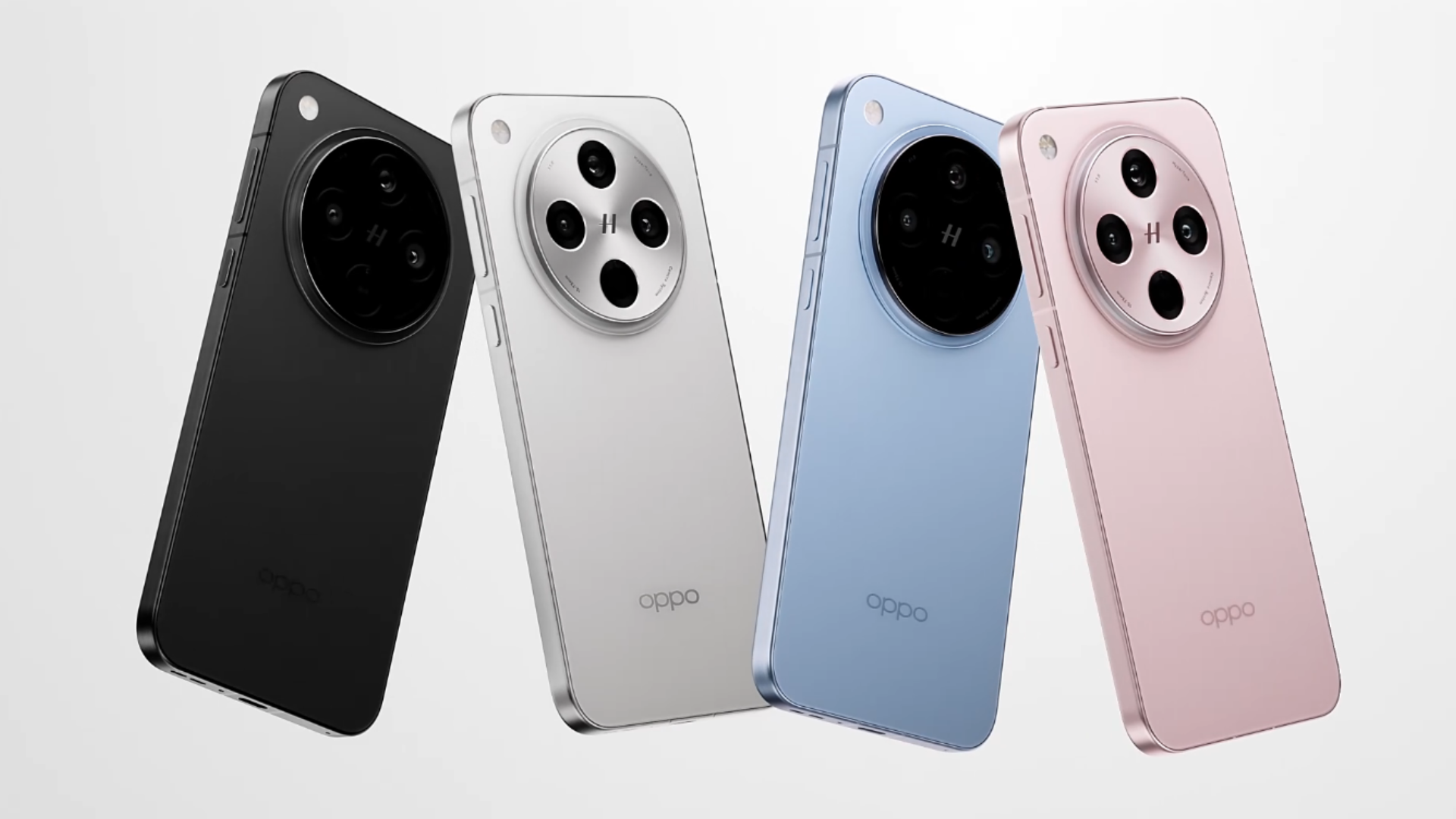You have heard Corning Gorilla Glass quite often. Which you hear this, when buying a phone or phone announcements, is actually a screen protection technology. Gorilla Glass is a brand of glass developed and manufactured by Corning that is designed to be lightweight and resistant to damage. Most of today’s smartphones have this technology. It protects the screen of the device in sudden drops and bumps, thus saving you the cost of screen repair.
What is Corning Gorilla Glass?
Developed by Corning Inc., Gorilla Glass is a glass made from a material called alkali-aluminosilicate, which is formed by bonding aluminum, silicon, and oxygen together. Creation of Gorila Glass dates back to early 2005. Its purpose is to protect screens of smartphones and similar devices from scratches and moderate-to-severe impacts. Still, while phones with Corning Gorilla Glass are more resistant to scratches and breakage, they aren’t unbreakable. So don’t forget to protect your phone from shocks.
This technology has developed quite a bit since 2005 – 2006. Different versions were introduced and used in many devices. We can list the development and version differences of Gorilla Glass technologies throughout history as follows.
Corning Gorilla Glass 1 (2007)
The first Gorilla Glass technology was produced in 2005 and was released to users for the first time in world, with first generation iPhone (aka iPhone 2G) launched in 2007. Introduction of the iPhone, which is accepted as beginning of a new era in world phone market, and introduction of Gorilla Glass to users along with it, was a perfect start for Corning company. In this way, Corning Gorilla Glass was used in 200 million devices and 20% of the world phone market until 2010.
In the first iPhone with Gorilla Glass technology, the protective screen was 1.5 mm thick and had an oleophobic coating that minimized fingerprints and smudges. At that time, it was not only iPhone, but in the next year, Gorilla Glass technology was available in a total of 250 device models.
Corning Gorilla Glass 2 (2012)
Corning announced that in 2012, more than one billion mobile devices used first Gorilla Glass technology. Then on October 24, 2012, Corning launched Gorilla Glass 2 at CES (Consumer Electronics Show). That same year, Gorilla Glass 2 shipped to 600 million devices.
Difference from its predecessor is that, because it’s thinner. So, it allows manufacturers to develop lighter and thinner models of their phones. In laboratory tests, Gorilla Glass 2 was able to withstand pressures of up to 50 kg without cracking or breaking. Both Google (LG) Nexus 4 and Samsung Galaxy S3 came equipped with Gorilla Glass 2.
Corning Gorilla Glass 3 (2013)
Gorilla Glass 3 stood out with its robustness rather than the thinness focused on in the previous version. To commemorate the third version of their technology, Corning has planned to triple the resistance of Gorilla Glass compared to older versions. Gorilla Glass 3 was released at CES 2013 and came in flagship models of the time, like the Galaxy S4 and Moto X.
A new manufacturing process in Gorilla Glass has enabled the glass to use Natural Damage Resistance (NDR) technology, which prevents deeper scratches. According to Corning, Gorilla Glass 3 prevented up to 35% of screen scratches. Design of Gorilla Glass 3 was Corning’s first use of atomic-scale modeling before the material was melted in labs. Material is three times more scratch resistant than the previous version, with the enhanced ability to resist deep scratches that normally weaken glass. Also, it’s very meaningful that third generation Gorilla Glass is 3 times more durable than previous generation.
Corning Gorilla Glass 4 (2014)
End of 2014, Gorilla Glass 4 was announced with better damage contributions and the ability to be made better with same performance as its predecessor. Corning found in a survey that 70% of cell phone screen damage is caused by drops, so it started investing in reinforcing its glass.
During its production, the glass is hardened by introducing ions. Material is melted at about 400 °C (750 °F), the larger ions take up more volume and the initial glass becomes stronger.
Gorilla Glass 4 was developed with a focus on idea of being resistant to drops. According to lab studies, the fourth version of Gorilla Glass was twice as strong as its predecessor. Samsung Galaxy Note 5 and Asus ZenFone 2 Laser are a few models that come with Gorilla Glass 4.
Corning Gorilla Glass 5 (2016)
The fifth generation of Gorilla Glass, Gorilla Glass 5, was first released with Samsung Galaxy Note 7 in 2016. It focused on providing even greater resistance to drops and provided four times more power than previous version. Corning also revealed in laboratory tests that Gorilla Glass 5 can withstand drops from 1.6 meters heights.
Corning also claimed that with Gorilla Glass 5, it is more resistant to cracking even if the phone is dropped on extremely hard surfaces. Gorilla Glass 5 was used on products such as the Samsung Galaxy Note 20 and Xiaomi Mi 8 Series. Today, you can see Corning Gorilla Glass 5 on many devices.
Also in 2016, Corning announced its first product for wearables known as Gorilla Glass SR+. Gorilla Glass SR+ 2016 used with Samsung Gear S3. Gorilla Glass also appealed to the automobile market. Ford Motor Company has announced that it will use the material to be used in 2016 for the front and rear windows of Ford GT sports cars. As a result, 2016 was a busy year for Corning and Gorilla Glass 5.
Corning Gorilla Glass 6 (2018)
Launched in July 2018, Gorilla Glass 6 was a big step up from other variants. At launch event, Corning announced that it’s subjecting new variant to tough new testing methods. Gorilla Glass 6 claimed to be strong enough to withstand 15 consecutive drops to hard surfaces. It’s rated to be twice as strong as Gorilla Glass 5.
Along with Gorilla Glass 6 in 2018, Corning also announced the launch of Gorilla Glass DX/DX+. This variant designed for use in smartwatches and fitness trackers. These new glasses have anti-reflective properties that provide better visibility while also increasing scratch resistance, according to Corning.
Corning Gorilla Glass 6 is available on many devices today, such as the POCO X3 Pro or Samsung Galaxy S20 Ultra. Also Gorilla Glass DX/DX+ is available on Galaxy Watch 4 and more.
Corning Gorilla Glass Victus (2020)
With this product, Corning first abandoned the decades-old numbering nomenclature. In July 2020, Corning introduced Gorilla Glass Victus as a comprehensive variant for smartphones, tablets, laptops and wearables. The first device to come with Gorilla Glass Victus are Xiaomi’s Mi 11 and Mi 11 series. Other specifications of Mi 11 are available here.
According to Corning, lab tests have shown that Gorilla Glass Victus offers protection against drops from a height of 2 meters (tests on Gorilla Glass 6 were done with 1 meter). It also offers twice the scratch resistance and 4x more protection than the previous model. Gorilla Glass Victus is used even on current flagship devices such as Google Pixel 6 and Pixel 6 Pro.
As a result, Corning recently announced that it has crossed the 8 billion device band. This means that there are almost no devices left today that don’t use Corning Gorilla Glass. Most phone brands prefer Corning for screen protection technologies. If you want your device to be resistant to drops and not easily scratched, make sure it has Gorilla Glass. For more information, you can visit Corning’s official site here.











